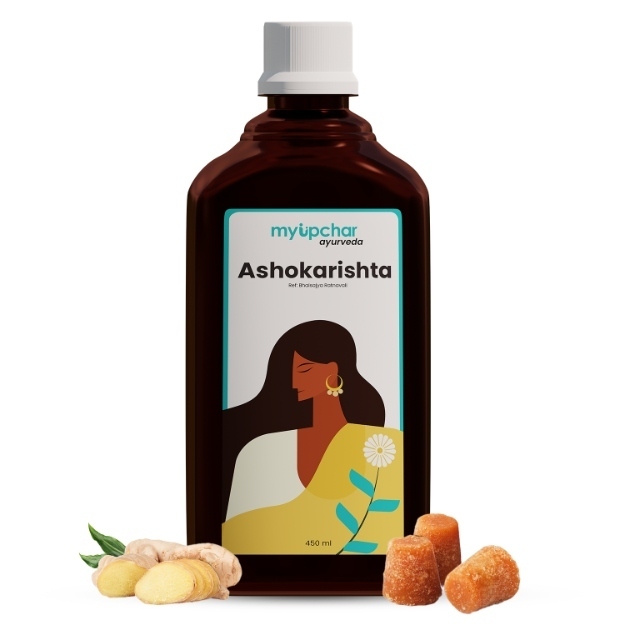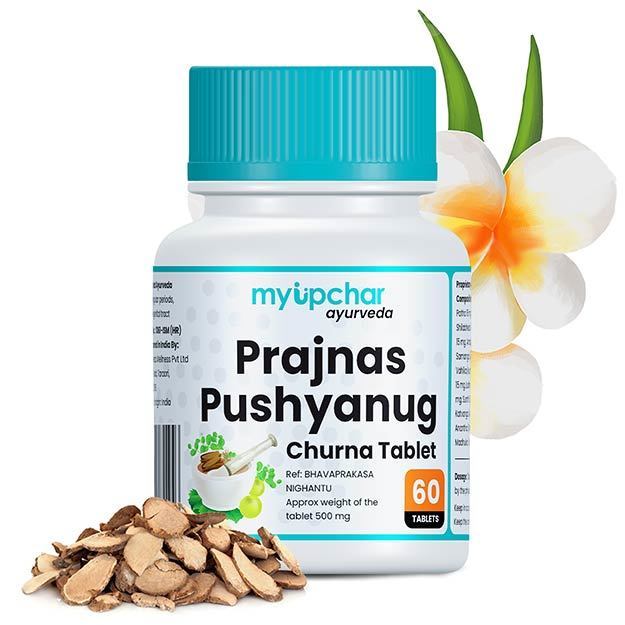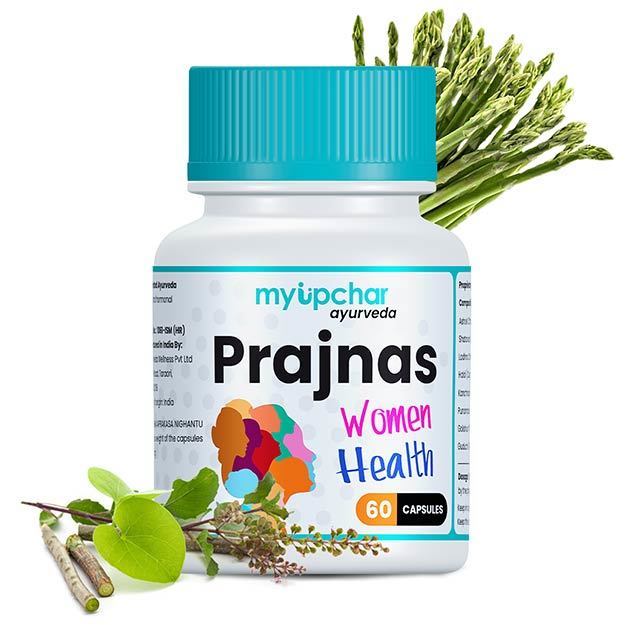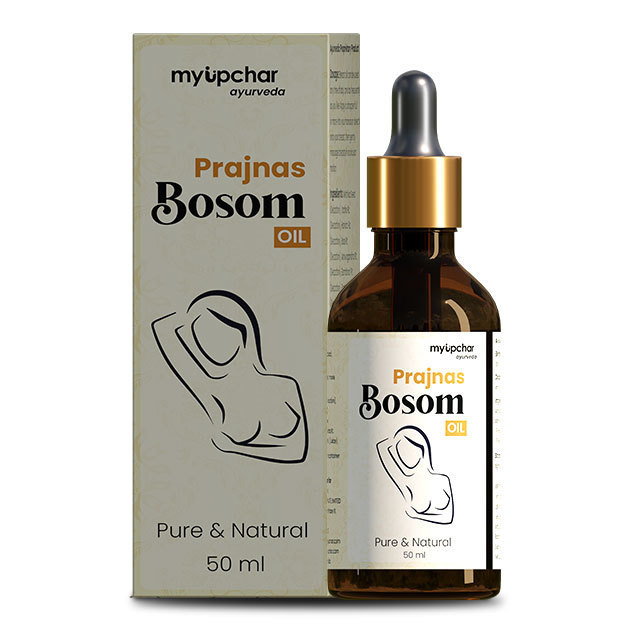The basic objective of Ayurveda is to identify the root causes of diseases and treat them, thereby eradicating the problem from its source. Ayurveda is considered as a superior treatment for both female and male infertility.
The doctors at myUpchar have conducted extensive research on the issue of female and male infertility, resulting in the development of the 100% myUpchar Ayurveda Kumariasava.
In Ayurveda, 43 herbs, such as Aloe vera, Loh Bhasma, Nagkesar, and Haritaki, are used for women's health issues. These herbs are cultivated organically for the production of myUpchar Ayurveda Kumariasava. To ensure the purity of these medicines, traditional methods of Ayurveda are employed, involving manual extraction from the fields. This whole process takes both patience and effort. Moreover, this Ayurvedic medicine, formulated using ancient scientific techniques, has demonstrated no side effects in any medical research.
The 100% myUpchar Ayurveda Kumariasava distinguishes itself from other medications. While herbal powders are used in the manufacturing of other medicines, myUpchar Ayurveda Kumariasava is prepared using herbal extracts. As a result, all the properties of the herbs are contained within a small capsule. This medicine helps maintain proper blood flow during periods and reduces pain.
Contents : Aloe Vera, Guda, Honey, Loha Bhasma, Shunthi, Marich, Pippali, Laung, Twak, Ela, Tej patta, Nagkesara, Chitraka, Pippali mool, Vidanga, Gajapippali, Chavya, Hapusha, Dhanyaka, Kramuka, Katurohini, Musta, Haritaki, Bhibhitaki, Amalaki, Rasna, Devdaru, Haridra, Daruharidra, Murva, Yashtimadhu, Danti, Atibala, Kapikachu, Gokshura, Shatavha, Hingupatri leaf, Utangana, Shweta punanrnava, Rakta punarnava, Lodhra, Dhataki, Swarna makshika.

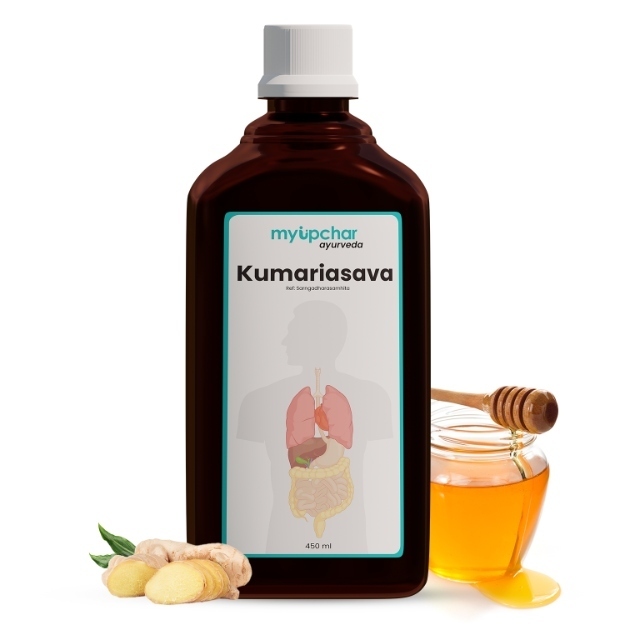
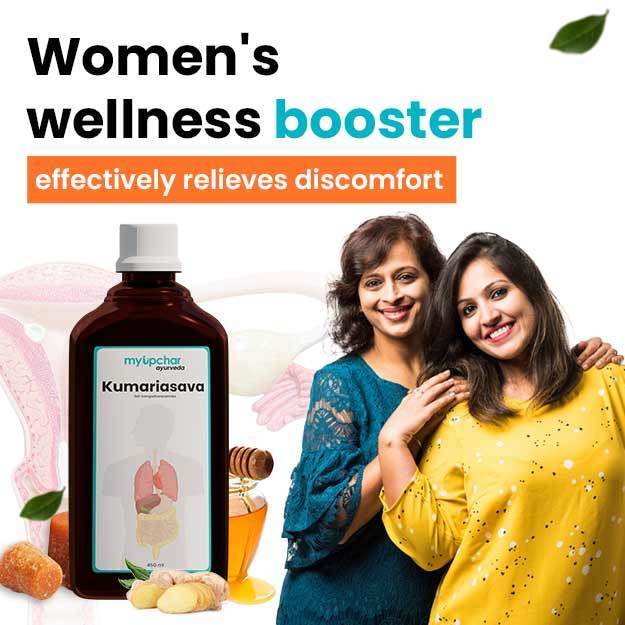
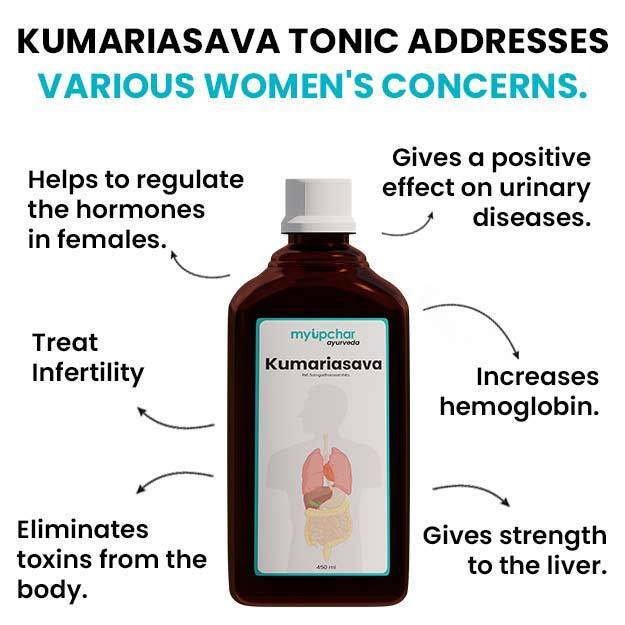
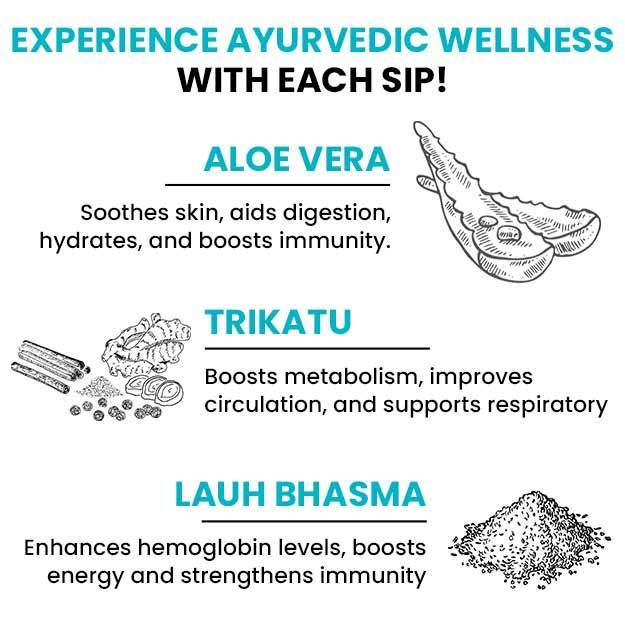
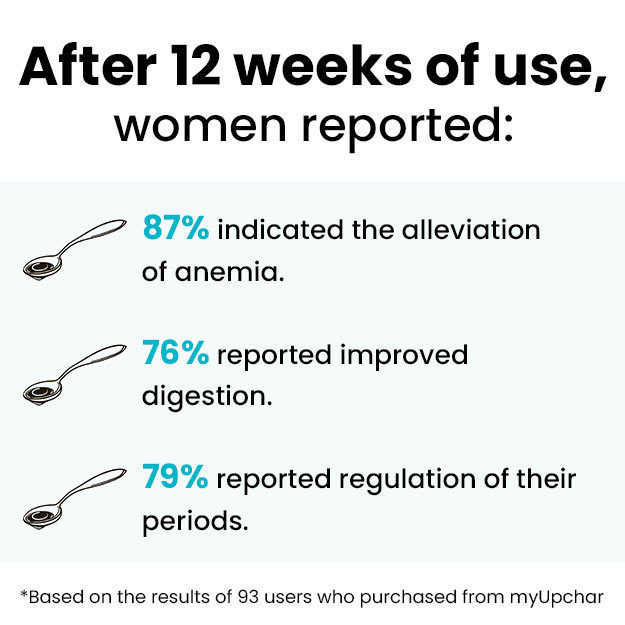
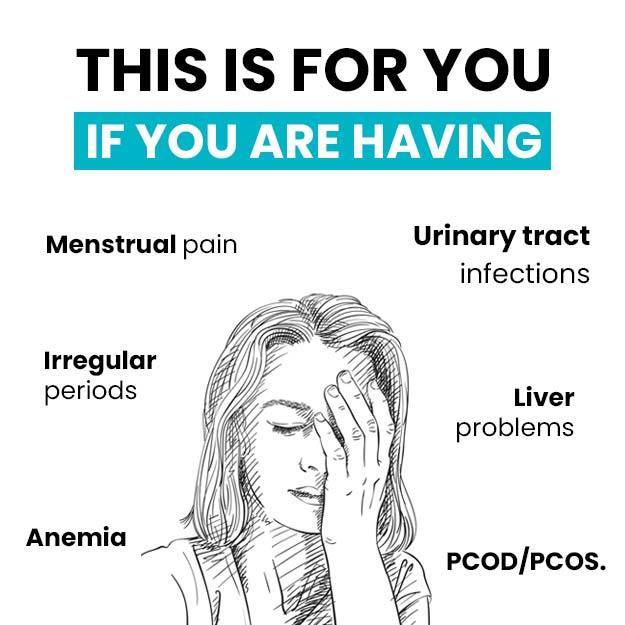
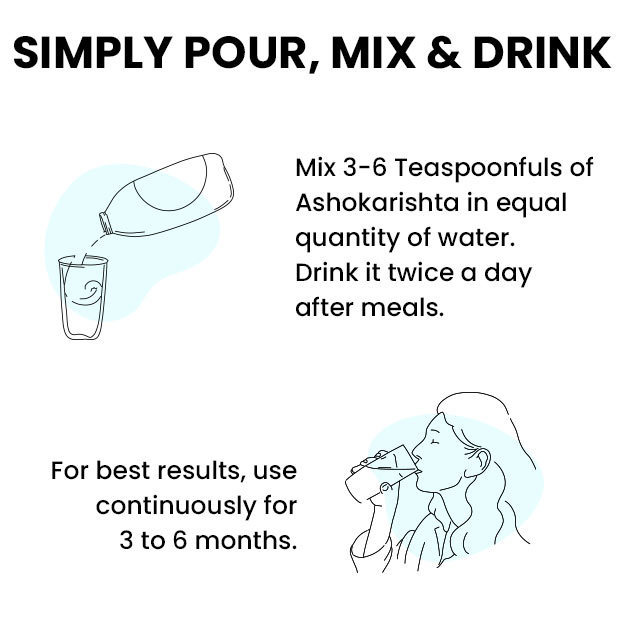
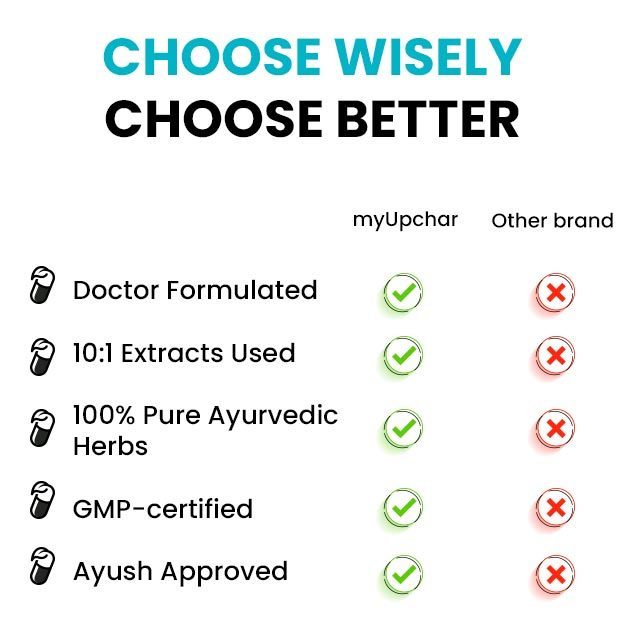
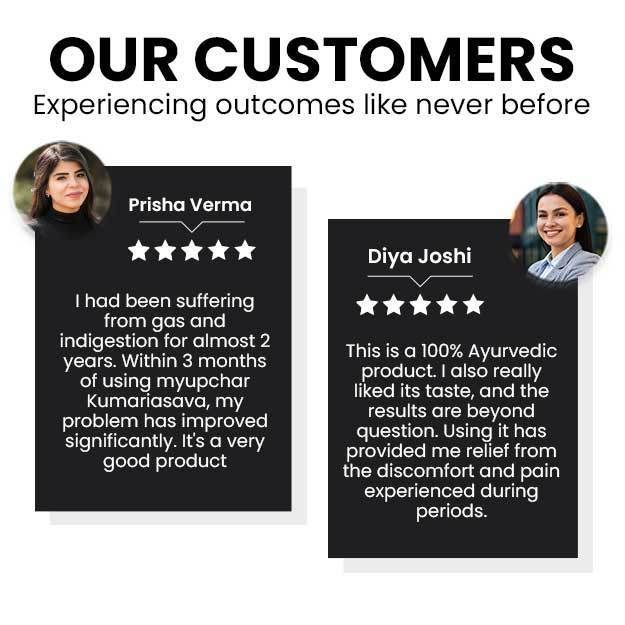
 Free shipping all over India
Free shipping all over India




















